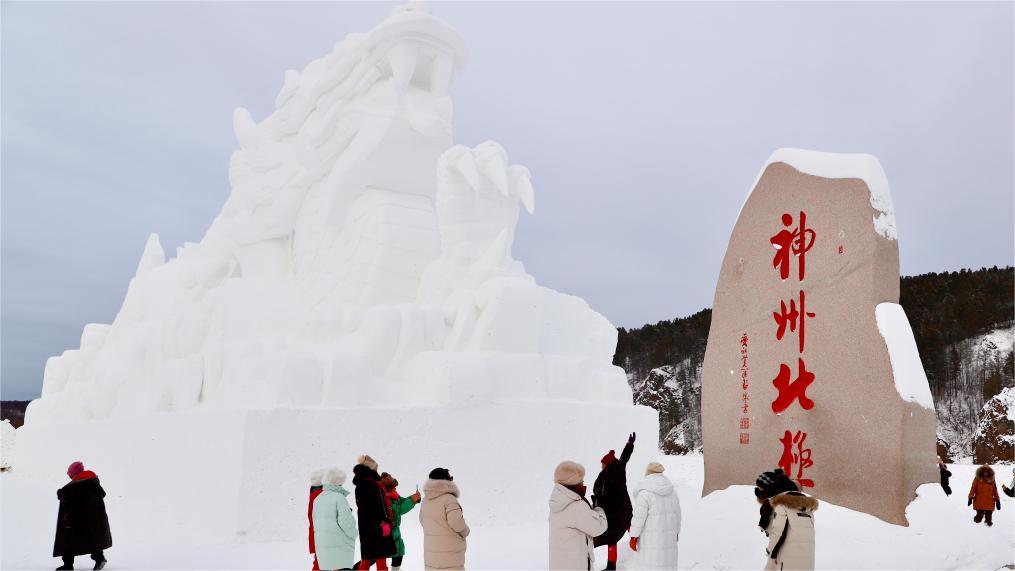Archaeologists report discovery of China's earliest noble graveyard in Zhengzhou
ZHENGZHOU, Dec. 24 (Xinhua) -- Chinese archaeologists have discovered the country's earliest known noble tomb complex in the ruins of a city from the Shang Dynasty (1600-1046 B.C.) in today's Zhengzhou, the capital city of central China's Henan Province.
The discovery, as a result of a series of excavation work conducted from 2021 to 2023, was made public at an annual meeting on archaeological work achievements in Henan Province held recently.
The tomb complex dates back about 3,400 years, the remains of which spread across an area of about 20,000 square meters. It is composed of tunnels in and out of the graveyard, graves, and remains of sacrifices, among other objects.
A shell-shaped gold "funeral mask," turquoise, bronze and jade wares were unearthed from the graveyard.
The graveyard is the earliest "Zhaoyu" so far excavated, a name recorded in ancient classics as referring to high-profile noble tombs, bearing great significance to the exploration of the origin of Zhaoyu and the evolution of the mausoleum system in China, said Huang Fucheng, a researcher with Zhengzhou municipal institute of cultural heritage and archaeology.
Photos
Related Stories
- China's oldest pithy multiplication formula discovered in Hubei
- 5,800-yr-old tile-shaped earthenware found in central China
- Remains of palace, barns dating back 4,000 years found in central China
- Centuries-old artifacts found in China's relic-rich province
- Archaeologists unearth rare 7,000-year-old bottle in China's Henan
Copyright © 2023 People's Daily Online. All Rights Reserved.









